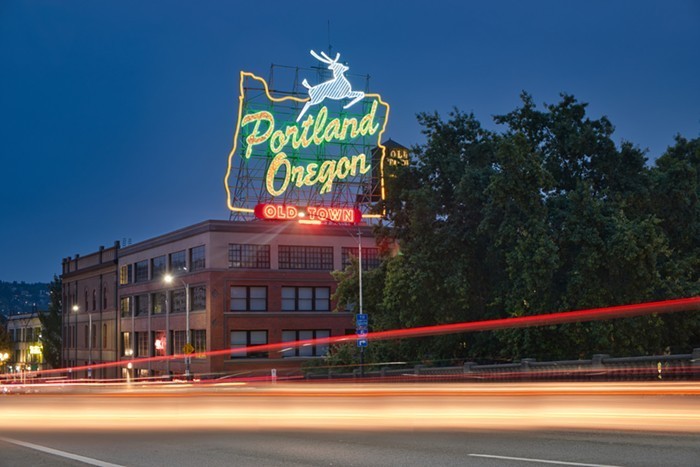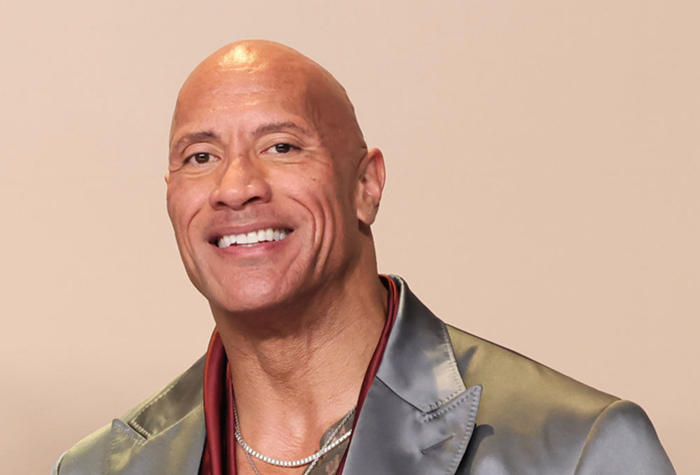MOST FAMOUS AS THE SMARTASS who answered the question "Why climb Mount Everest?" with a glib, "Because it's there," George Mallory was also a guy who repeatedly tried to climb Everest—and possibly succeeded, years before the 1953 expedition in which Edmund Hillary and Tenzing Norgay officially conquered the mountain (alternately known as "Mount Sagarmatha," "Zhumulangma Peak," "Mount Chomolangma," and "Sherpa Death Trap").
In addition to delving into the life and expeditions of Mallory, the National Geographic documentary The Wildest Dream also follows a more recent attempt on the mountain—that of American climber Conrad Anker, who, in 1999, discovered Mallory's body on Everest, 75 years after he was last seen. The Wildest Dream documents Anker's 2007 return to the mountain, during which he and British climber Leo Houlding attempt to replicate Mallory's expedition, copying his routes and using similar gear.
Even though it's bursting with some A-list talent—Liam Neeson, Ralph Fiennes, Natasha Richardson, and Alan Rickman all contribute narration—The Wildest Dream shakes out more or less like any documentary you'd stumble across while flipping through PBS channels. When the film's in Ken Burns-style historical mode, it's engaging—the immensity of Everest is still daunting, and the weird details of Mallory's ill-fated trip give the film an ominous edge. (Mallory kind of makes today's climbers look like babies, actually, climbing as he did in insanely unsafe conditions with gabardine jackets for survival gear. Though to be fair, he also considered cans of foie gras to be essential supplies.)
But all the intriguing history and voiceover talent can't counteract The Wildest Dream's cheesy reenactments, nor the fact that Anker and Houlding's expedition simply isn't as interesting as Mallory's. For devotees of climbing history—climbing history does have devotees, right?—The Wildest Dream is worth seeking out. For anyone else, staying at home with PBS or the History Channel is probably a better and cheaper option.




















